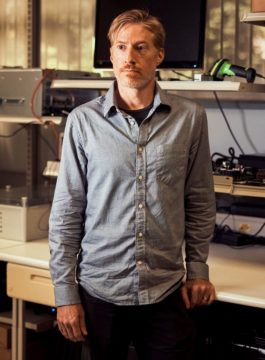Robert Service in Science:

HILLSBORO, OREGON—Though he catches flak for it, Garrett Kenyon, a physicist at Los Alamos National Laboratory, calls artificial intelligence (AI) “overhyped.” The algorithms that underlie everything from Alexa’s voice recognition to credit card fraud detection typically owe their skills to deep learning, in which the software learns to perform specific tasks by churning through vast databases of examples. These programs, Kenyon points out, don’t organize and process information the way human brains do, and they fall short when it comes to the versatile smarts needed for fully autonomous robots, for example. “We have a lot of fabulous devices out there that are incredibly useful,” Kenyon says. “But I would not call any of that particularly intelligent.”
Kenyon and many others see hope for smarter computers in an upstart technology called neuromorphic computing. In place of standard computing architecture, which processes information linearly, neuromorphic chips emulate the way our brains process information, with myriad digital neurons working in parallel to send electrical impulses, or spikes, to networks of other neurons. Each silicon neuron fires when it receives enough spikes, passing along its excitation to other neurons, and the system learns by reinforcing connections that fire regularly while paring away those that don’t. The approach excels at spotting patterns in large amounts of noisy data, which can speed learning. Because information processing takes place throughout the network of neurons, neuromorphic chips also require far less shuttling of data between memory and processing circuits, boosting speed and energy efficiency.
Neuromorphic computing isn’t new. Yet, progress has been slow, with chipmakers reluctant to invest in the technology without a proven market, and algorithm developers struggling to write software for an entirely new computer architecture. But the field appears to be maturing as the capabilities of the chips increase, which has attracted a growing community of software developers.
More here.
